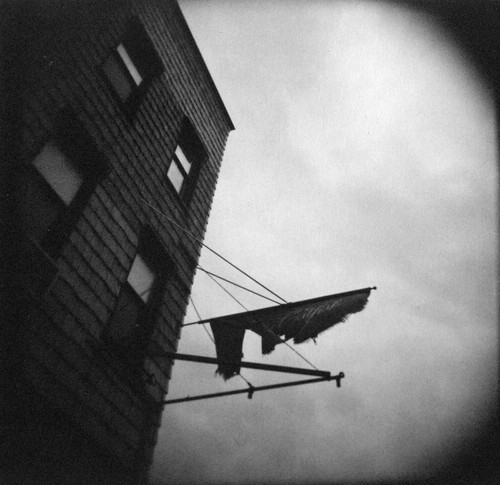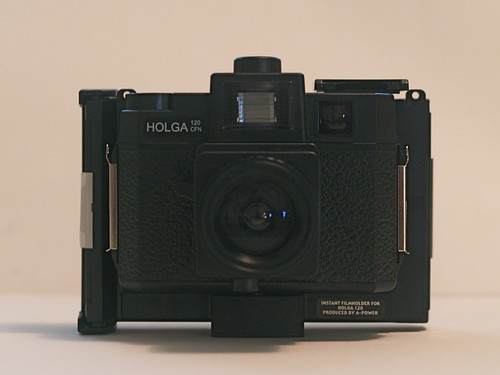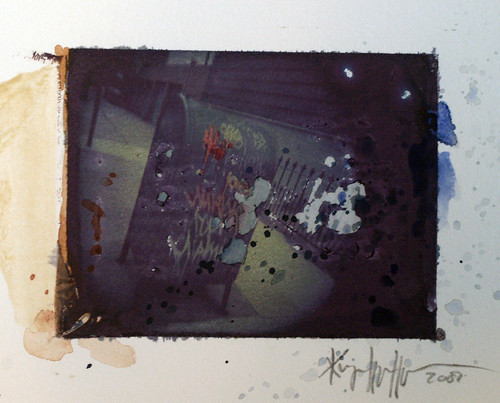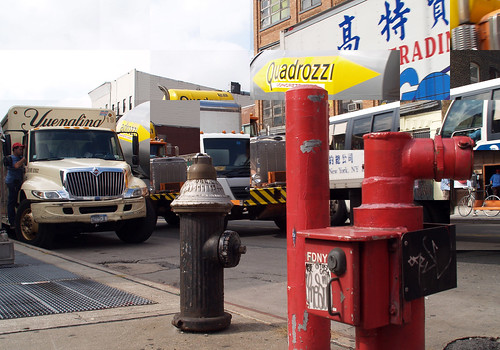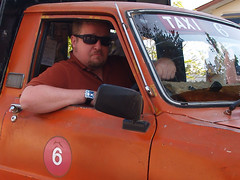For the past 15 years, I have been working very hard on improving my photography skills. The result of my efforts for the past couple of years can be seen on my flickr account. I found the basic technical side of photography quite easy. Aperture, shutter speed, iso, focal length and white balance. It's really not that hard to learn. The hard part has been getting my mind into a state where I actively think about these things every time I press the shutter.
After getting confident with the technical aspects of photography, I reached my next level when I bough a Konica Hexar Rangefinder. When you look through the viewfinder of an SLR camera, everything you see will be part of the final image. Working with this kind of camera got me into a habit of more or less just making sure that my main motive was part of this image. When you look through the viewfinder of a rangerfinder you see a set of guidelines which shows you a subpart of the viewfinder that will become the final image. For me that meant that I had to actively think about exactly what I put in the image, but more importantly, what I left out. Once I realized this, I decided to go one step further and stop cropping my images. Forcing myself to think my composition through before I press the shutter.
The step I'm at now, involves integrating with the way I work on my art with the way I take pictures. Part of that is technical aspects such as composition and color theory, but an even bigger part of it is the way I use my art to express feelings, but as I said.... this is something I'm still working actively on :-)
Working on photography for all of these has accumulated a massive archive of images. Most of them pretty shitty, but some of them not that bad - especially from the last couple of years.

After thinking about it for a while, I decided to start trying to sell some of my images as stock photography. There are many different places to do this, but I decided that iStockphoto sounded like the site most suitable for my work and the amount of time I have available to work on it. If you have not yet had a look at iStockphoto, I would definitely encourage you to do so. The photos are royalty free and the prices are low enough that you can buy the images you need without budget changes. If you use the following little button, I might even get a referral fee if you ever end up buying anything through it.

So how is the world of stock photography going for me? Well, not too bad. I have only been submitting pictures for a few months now and I'm slowly seeing a month by month rise in the number of sales. Not huge amounts of sales, 9 so far this month, but it's great to see it increase with the size of my portfolio. Check back a year from now and I will write a follow up post :-)


